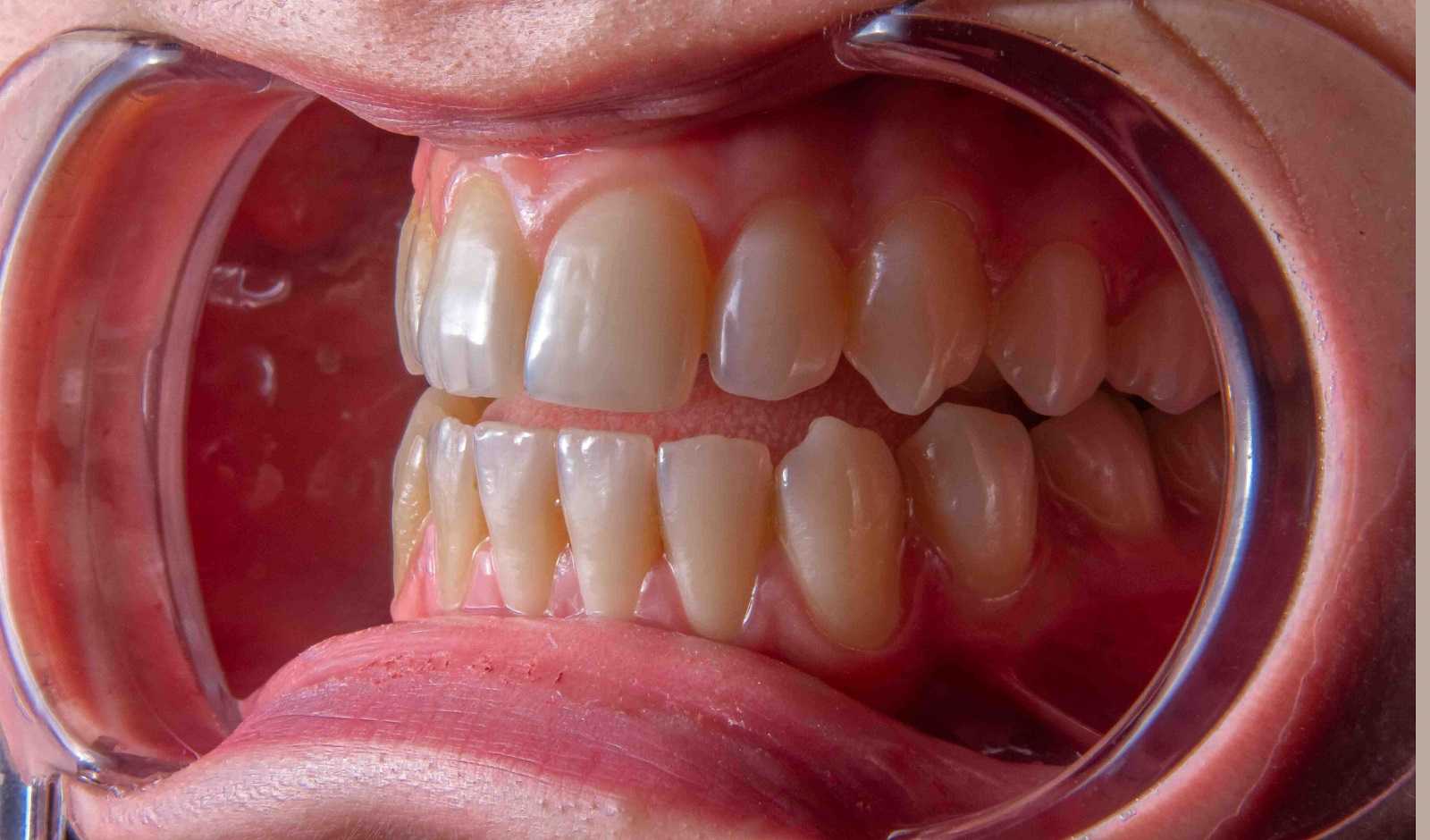What Is Periodontal Disease? Causes, Symptoms, and Treatment Options
Periodontal disease, also referred to as gum disease, is a serious gum infection that can result in tooth loss and other health issues if not treated. It’s among the most common dental problems facing adults today. Knowing what causes it, being able to identify its signs, and getting early treatment can be the difference between maintaining your oral health and losing your teeth.
Gingivitis or periodontal disease starts with plaque — a soft coating of bacteria on your teeth. If plaque isn’t brushed or flossed away, it turns into hard tartar that can be scraped off only by a dentist or hygienist. Plaque and tartar buildup cause inflammation and infection by irritating the gums.
A few things can raise your risk of periodontal disease, such as:
- A lack of proper oral hygiene
- Smoking or the use of tobacco
- Your genetic makeup
- Diabetes
- Hormonal shift (for example, pregnancy)
- Some medications that lead to dry mouth
- Stress and malnutrition
As gum disease develops without treatment, it can damage the supporting bone and connective tissue and cause tooth loss.
Common Periodontal Disease Symptoms
Identifying periodontal disease symptoms in time is of paramount importance. Symptoms may be mild, intermediate, or severe, and are characterized by:
- Red, inflamed, or painful gums
- Bleeding gums, especially when flossing or brushing
- Bad breath that does not go away
- Receding gums or teeth with a longer appearance
- Loose or moving teeth
- Painful chewing
In its initial phase, gingivitis, gum disease can still be reversed. But when it progresses to periodontitis, damage becomes harder — and more expensive — to treat.
Treatment Options for Periodontal Disease
Good news is that gum disease can be treated, and even more effectively if it has been detected at an early stage. Your dentist or periodontist will indicate a treatment approach depending on your condition’s gravity. Treatment frequently involves:
1. Professional Cleaning
During the initial phase, a complete dental cleaning can be sufficient to eliminate plaque and tartar deposits and reverse inflammation of the gums.
2. Scaling and Root Planing
This deep-cleaning process eliminates plaque and tartar below the gumline and polishes the root surfaces, allowing the gums to reattach to the teeth.
3. Medications
Antibacterial mouthwashes, gels, or oral antibiotics can be prescribed to manage infection and facilitate healing.
4. Surgical Treatments
In severe cases, operations like flap surgery or bone and tissue grafts can be required to replace the supporting tissues of the teeth.
Protect Your Smile
Good oral health, frequent dental check-ups, and a healthy lifestyle are the strongest protections against periodontal disease. If you experience any symptoms, do not hesitate to schedule an appointment with your dentist in The Colony.




 |
|